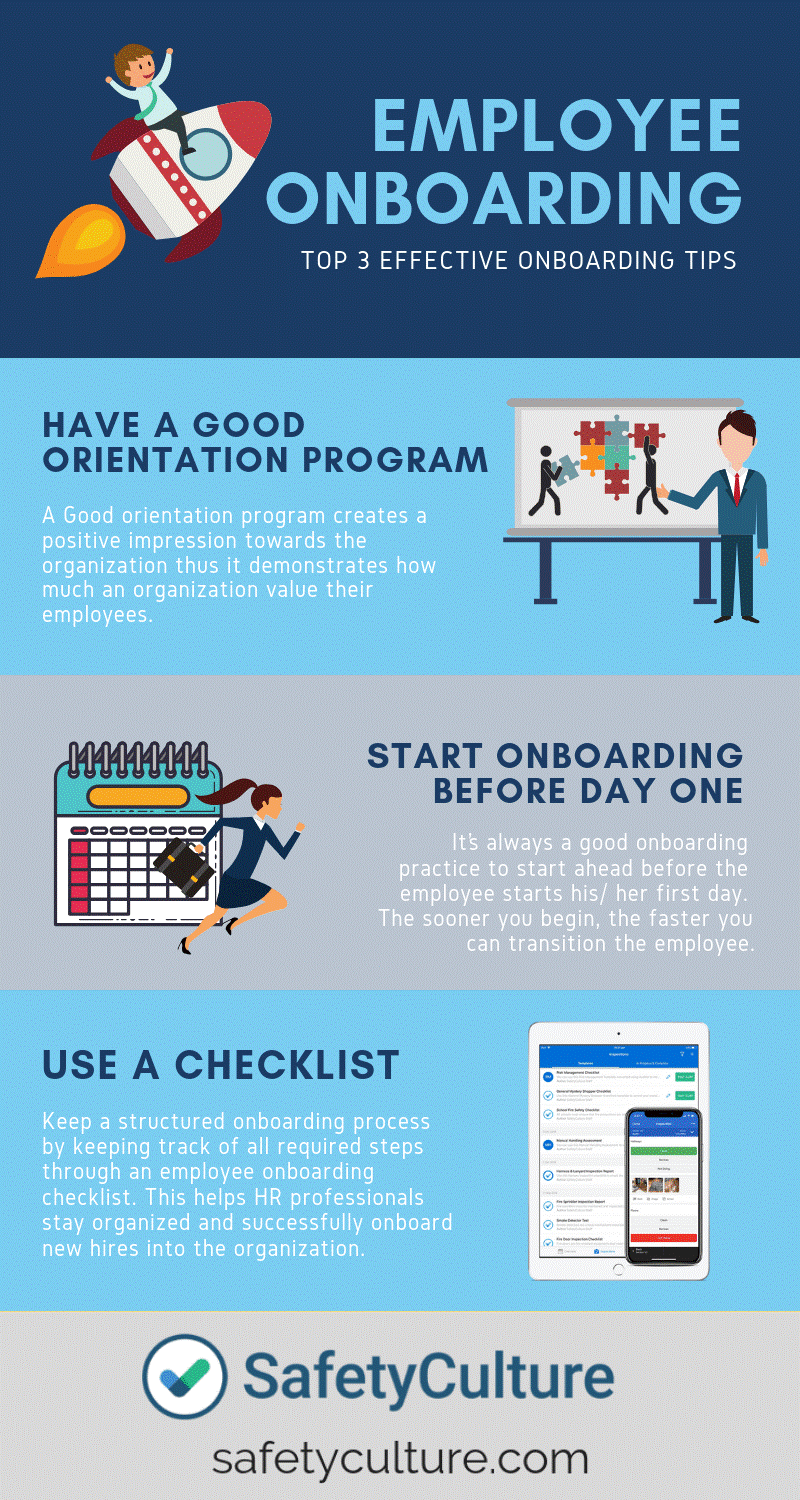Organizations heavily invest in finding the right people to hire, yet fail in retaining them due to the lack of a structured onboarding process. Most organizations adopt a “sink or swim” strategy, whereas they throw new hires into the job - if they swim or are able to work through it then great, but if they sink, then goodbye, and the company moves on to the next. This process is a huge waste of talent and not only affects new hires but the HR team as well, especially after spending so much time and money on getting the right candidates in the first place. To avoid this, we researched 3 onboarding tips to help you:
1. Have a good orientation program
A formal orientation program is one of the most important elements of the onboarding process which tends to get overlooked by many organizations.
Orientation is a formal welcoming of new hires to their new work environment and during this orientation, new employees are informed of the company’s policies, culture, values and other various procedures. They are also oriented of their duties and responsibilities within the organization.
Ensuring a well-planned orientation program for new hires provides several benefits:
Reduces employee turnover
A good orientation program creates a positive impression on the employee and demonstrates how much an organization values their employees. When employees feel more than just a liability, they tend to stay longer thus reducing employee turnover.
Increases overall productivity and performance
Employees who are well-oriented are most likely to adjust easily into the organization. Gaining the knowledge of what the company goals are and what is expected of them helps employees gain a better insight into what they can do to contribute to the organization. Effectively orienting new employees can motivate them to put their skills and abilities to good use, further increasing productivity.
Saves time
Effectively covering essential things a new hire needs to know about the organization, departments, work environment and culture during the orientation process provides new hires with more time for training.
Establishes a successful and productive working relationship
Warmly welcoming new hires helps them get comfortable around the workplace and will encourage them to act positively towards other people in the workplace. Thus, resulting in a better and stronger relationship between employees and employer.
2. Start onboarding before day one
It’s always a good onboarding practice to start ahead of the employee’s first day. The sooner you begin, the faster you can transition the employee. Steps like collecting the required paperwork from the new hire can be done via email ahead of time. Make sure that resources are also readily prepared before the employee’s first day (e.g. training facilities, facilitator availability and workstation access). Give them a walkthrough of this while adding a personal touch like sending a welcome pack.
3. Use a checklist
Keep a structured onboarding process by keeping track of all the required steps in an employee onboarding checklist. This helps HR professionals stay organized and successfully onboard new hires into the organization with less disruption.
These are just a few best practices that can help you with your onboarding process. Examine and apply these strategies to improve your onboarding procedures.

Access the latest business knowledge in HR
Get Access





Comments
Join the conversation...